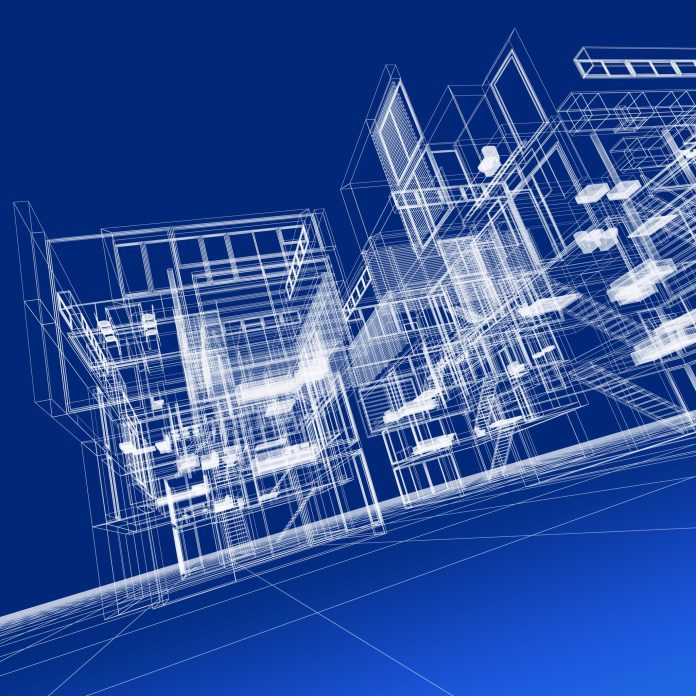A smart building is any structure that uses automated processes to automatically control the building’s operations including heating, ventilation, air conditioning, lighting, security and other systems. A smart building uses sensors, actuators and microchips, in order to collect data and manage it according to a business’ functions and services. This infrastructure helps owners, operators and facility managers improve asset reliability and performance, which reduces energy use, optimizes how space is used and minimizes the environmental impact of buildings.
The first definition of the intelligent building was provided by the Intelligent Buildings Institute, which defines an intelligent building as “one which provides a productive and cost-effective environment through optimization of four basic elements: structure, systems, services and management, and the interrelationship between them.” However, with technological advanced and the key role of the Internet of Things (IoT), the definition of intelligent or smart buildings is evolving.
A connected building boasts an integrated communications infrastructure that supports wired and wireless networks and applications. It also facilitates person-to-person, person-to-machine and machine-to-machine communications within the building and with the outside world using an intelligent, flexible, wired and wireless platform. Buildings are also becoming cloud connected as an essential part of smart grids and smart cities.
According to Ron Zimmer, President and CEO of the Continental Automated Building Association (CABA), an intelligent building is a space that will transform efficiency, comfort and safety for people and assets. “Smart systems and the internet of things are driven by a combination of sensors and actuators, connectivity and people and processes,” Zimmer said during a presentation at the Enterprise IoT Summit, which took place in Austin, Texas ,earlier this year.
Zimmer highlighted that IoT offers a number of benefits for building automation including lower energy consumptions, improvements in operational efficiencies, predictive maintenance, improvements in financial planning, improvements in building performance data and the increased use of sensors, among others.
He likened data to “gold. The more that you manipulate that gold, that’s the value of the future. It’s a huge value. The more you can make it unique, very specific, utilities are sitting on a gold mine. They’re not understanding the value. Think of where you can collect data and how to monetize that date.” Zimmer encouraged stakeholders in the commercial, institutional, industrial and residential building segments to continue to seek options to find data-based insight and attendant business strategies.
Click here for a playlist of videos recorded during the Enterprise IoT Summit.

